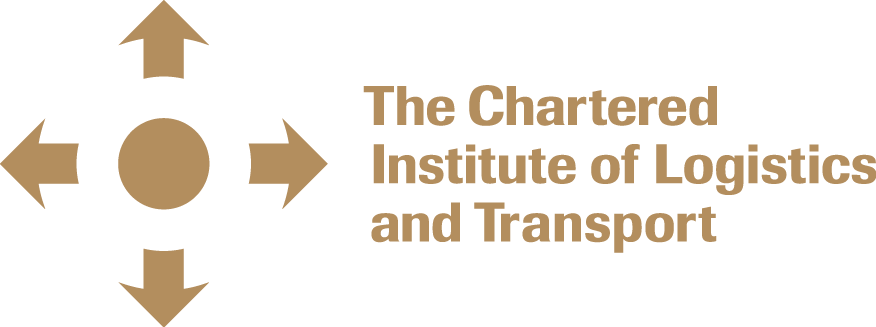1. Bringing optimization theory into national supply chains (e.g., lean production end-to-end)
(This is one way to increase mobility and throughput capacity)
a. Reducing variation in the system
b. Removing or reducing bottlenecks wherever they are in the supply chain, end-to-end (see also 1.3)
c. Developing strategies to keep bottlenecked operations running at full capacity at all times
d. Providing buffers (assets left partly idle) in optimal places in the system
e. Effective measurement
(Many “KPIs” are set without the benefit of theory governing performance that needs to be measured)
2. Port and terminal operation
a. Synchronizing activities of interdependent operators, or ensuring 24/7 operation, in order to reduce variation, relieve governing constraint, and increase throughput (see also 3.3)
3. Drayage at ports
a. Complex, recurring problem that needs innovation to resolve issues of labour, port operation, and supply chain design. Affects throughput. (see also 1.1.b)
4. Supply chain equipment cycle
a. Understanding relationship between depth, duration, and shape of a major performance disruption, and the rate of recovery as gauged by equipment cycle (see also 3.1 and 4.2)
5. Interprovincial harmonization of truck regulations
(Reducing constraints (bottlenecks) in the transport system)
6. Resolving the policy paradigm: should maximum mobility be the primary goal of transportation?
(The Canada Transportation Act implies there are eight equally-important goals; but only one of them can be primary.)
a. Differentiating between goals and constraints
(The two are often intermixed, causing dysfunction)
7. Policy results in terms of mobility
a. Network optimization
- will Canada Modernization Act lead to improvements in the system as a whole?
b. Budget 2017 Trade and Transportation Information System:
- what is being measured, what does it tell us, and do we have the right information to assess how the system is performing?
8. Bringing optimization theory into urban mobility
a. Supporting goods-movement in urban areas
b. Overcoming constraints to urban mobility
c. Measures to reduce congestion (congestion is not a problem, it is a symptom)
d. Managing access to transportation infrastructure to increase throughput capacity, e.g., with road tolls and ramp meters
9. Bringing proxy thinking into innovation
(KPIs, often poorly thought-out, are proxies for the desired end-state that should be the goal of innovation: maximum mobility)
10. Managing provincial and regional barriers to trade
(Restricting free movement of goods reduces traffic volume, which reduces scale of transportation, which raises costs in form of pure overhead)

